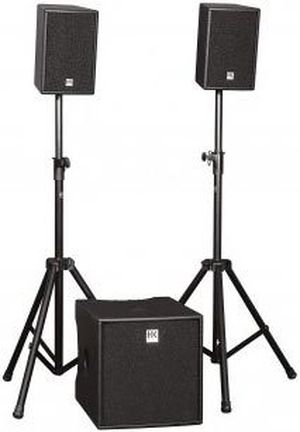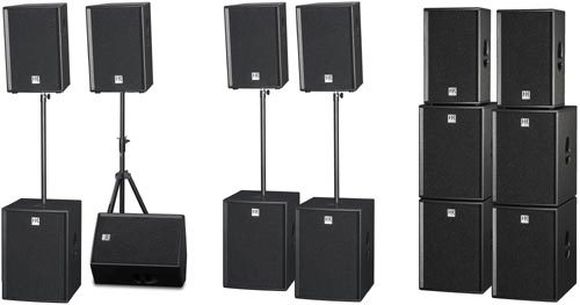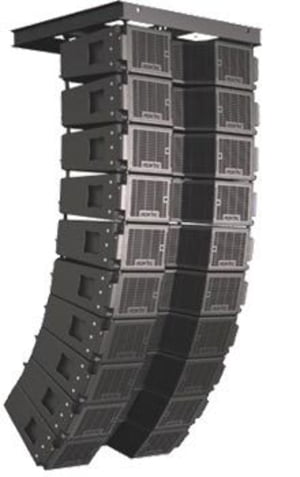8. Choosing your Speakers
Whether you are a performer, a sound engineer or a venue manager, your choice of speakers is fundamental to your success. Even at the highest levels of the profession, great performances are compromised by inadequate sound systems - read the reviews of the Rolling Stones gigs at Twickenham in 2006 to see how even the very best can be let down by their sound systems.
It doesnt have to be about cost. Depending on your needs, you can get an excellent system at a very reasonable price. Its also not all about volume - clarity is the key. Distortion can be unpleasant to listen to even at low levels, while a big, clear sound can still be comfortable.
First principles
What, exactly, do you need? There are some essential points to consider from the outset:
- How much volume do you need? Be realistic about the size of the venue. And if you are a working band, remember that once you start playing bigger or more professional venues, they will usually have their own systems.
- How much carrying capacity do you have? The PA is often the most cumbersome thing to carry, other than the drums. There is a trade-off to be made between sound quality and portability.
- What kind of noise do you make? The sound reinforcement needs of a heavy metal band will be significantly different to those of a church hall. Is the system for a whole group, just for speech, or for vocals and a brass section? Choose your speakers on the basis of the frequencies that need the most support.
- How much money do you have? Balance your budget against your need, and if necessary, build your system in stages, buying the most essential elements first.
A good basic PA system usually requires a combination of compact full-range cabinets, with perhaps a subwoofer to handle low bass frequencies if your music requires it. The full-range cabinets would usually be placed on poles, either side of the stage, while the subwoofer can be placed almost anywhere on the stage, because our ears dont detect the directional elements of bass frequencies nearly so well. A good degree of physical separation between the cabinets is important though, to prevent frequencies from canceling each other out.
Active speakers

A pair of satellite active speakers with a subwoofer
Active speakers are full-range cabinets with their own amplifiers and crossovers built-in. They have the advantage of portability, and the fact that everything is engineered to work together - no head-scratching impedance matches to worry about. This configuration is ideal for most small and even medium-sized venues, though it is a good idea to support it with a subwoofer if you want really meaty kick drums and basses.
Modular systems
This is the standard for real all-purpose sound reinforcement, and is suitable for even quite large rooms, depending on the power-rating of the system. It has the advantage that it can be scaled to suit the venue - you can leave some elements behind for smaller gigs - and is essential if you are likely to need higher volumes and good clarity. Note the poles to separate the high and mid-range cabinets from the subwoofers.
Line arrays
Larger venues need larger sound-reinforcement systems, with more square inches of cone to push the air. The trouble is, the more speakers you have, the greater the risk that some of their frequencies will cancel each other out, and you will actually end up with a worse sound than with a single speaker. Line arrays are designed to combat this problem, and have become the standard for larger arenas and outdoor events. They are built using speaker modules with clearly defined beam angles - that is, the breadth of coverage of the air pushed out. By aligning these modules carefully with each other, you can actually build a single, cylinder-like column of sound in which all frequencies are transmitted without conflicting with each other. You can also distribute a full sound to a large and scattered audience of the kind you get at festivals. With a good system, the audience may not all get a decent view, but they can get a decent sound.





